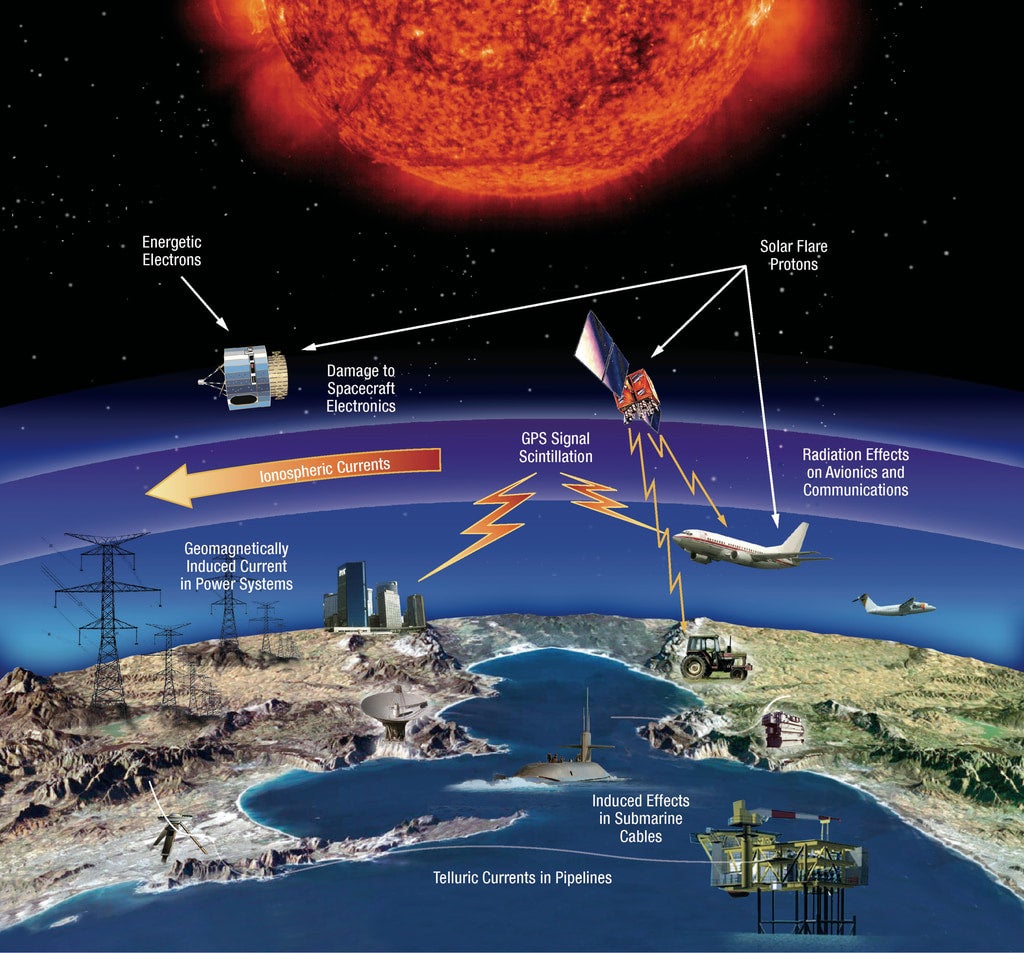A recent study has revealed that the strongest solar particle storm ever recorded hit Earth in 12350 BC, establishing a "new worst-case scenario" as per their findings. humanity from such colossal space weather events.
The most recent discoveries, as reported in the journal Earth and Planetary Science Letters Confirm that the extreme event from 14,300 years ago is almost 20 percent more intense than the previous one. notorious 775 AD solar storm , known until now as the strongest.
"Compared to the largest event of the modern satellite era – the 2005 particle storm – the ancient 12350 BC event was over 500 times more intense," said astronomer and study author Kseniia Golubenko from the University of Oulu in Finland.
Solar particle storms are emissions from the Sun packed with an enormous amount of high-energy particles.
While rare, they can be several times more devastating than the kind of solar storms that batter Earth every year, creating spectacular auroras and the occasional power blackouts.
Large solar particle storms are known to have occurred Around 994 AD, 663 BC, 5259 BC, and 7176 BC, along with several other potential dates, are currently being examined.
These storms were “up to three orders of magnitude stronger than” any solar particle event observed directly by satellites in the modern age, according to a study published last year.
Scientists caution that should a solar particle storm occur when Earth’s magnetic field is diminished, it might harm human DNA and disrupt marine environments.
The most recent research has seen scientists create a model aimed at evaluating the severity of solar particle storms that occurred during the previous Ice Age.
These solar storms often boost the typical creation of radioactive versions of elements such as carbon (14C) in the atmosphere through interactions with cosmic rays.

Carbon-14 becomes embedded in yearly growth rings of trees, and increases in its concentration—referred to as Miyake events—act as a celestial time marker for recording intense solar activity and space weather occurrences.
Scientists confirmed their innovative model with tree-ring evidence from the 775 AD occurrence before utilizing it to evaluate circumstances towards the end of the last Ice Age approximately around 12350 BC.
Researchers evaluated the intensity, occurrence, and land-based impacts of the strongest solar particle eruption ever recorded.
Their recent discoveries update our comprehension of solar physics and extreme conditions in space weather.
“This event sets a new benchmark for worst-case scenarios," states Dr. Golubenko.
"Evaluating the risks that future solar storms pose to contemporary infrastructures such as satellites, power grids, and communications systems hinges on grasping their magnitude," she emphasized.
The Independent has consistently maintained a worldwide viewpoint. Rooted in robust international journalism and insightful analysis, the publication now boasts a readership far beyond what could have been imagined when it emerged as a challenger in Britain’s media landscape. In this era, for the first time since the conclusion of World War II, these core principles—pluralism, rationality, progressivism, humaneness, and global engagement—are being challenged globally. Despite this, The Independent continues to expand its influence.